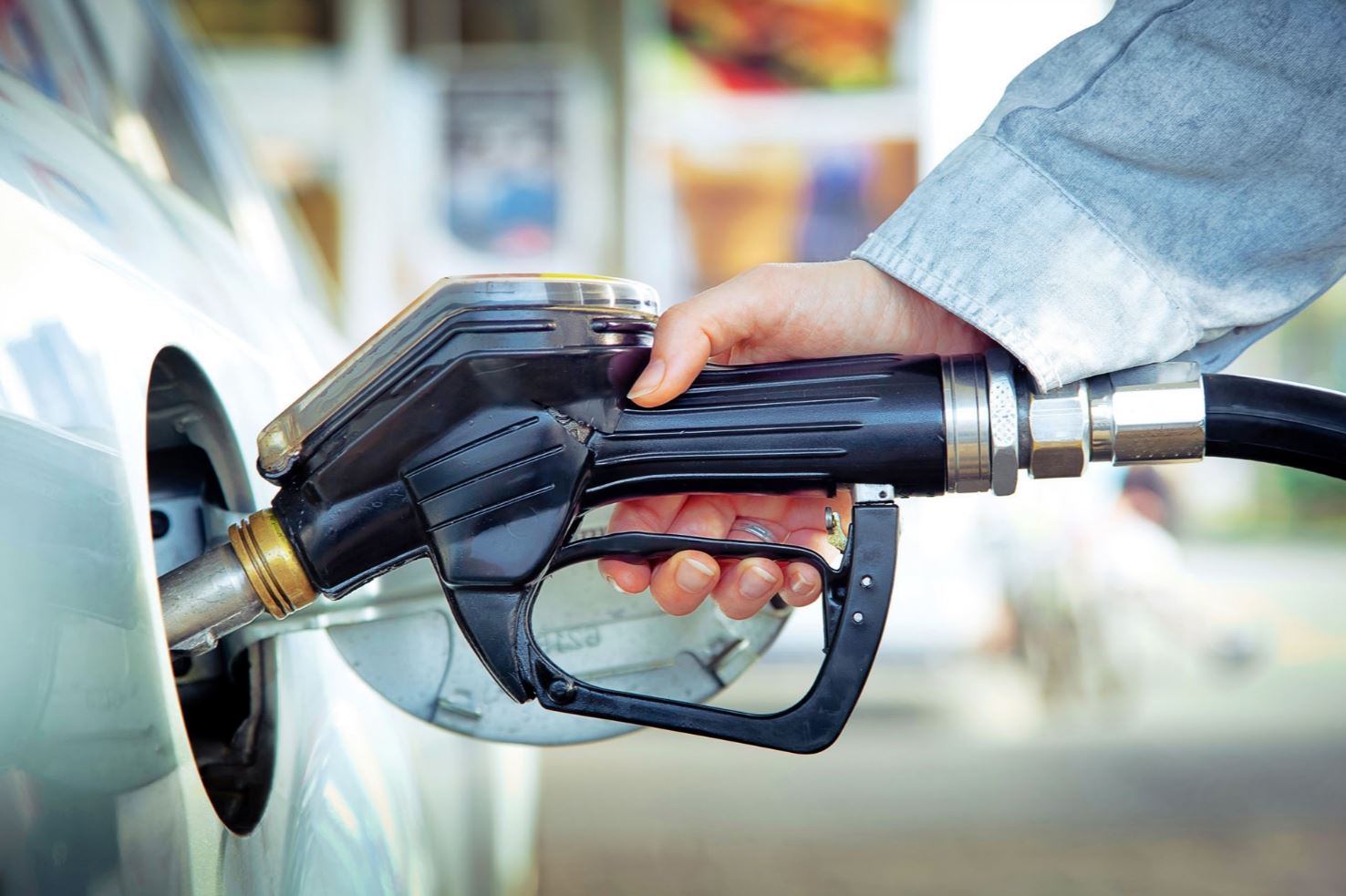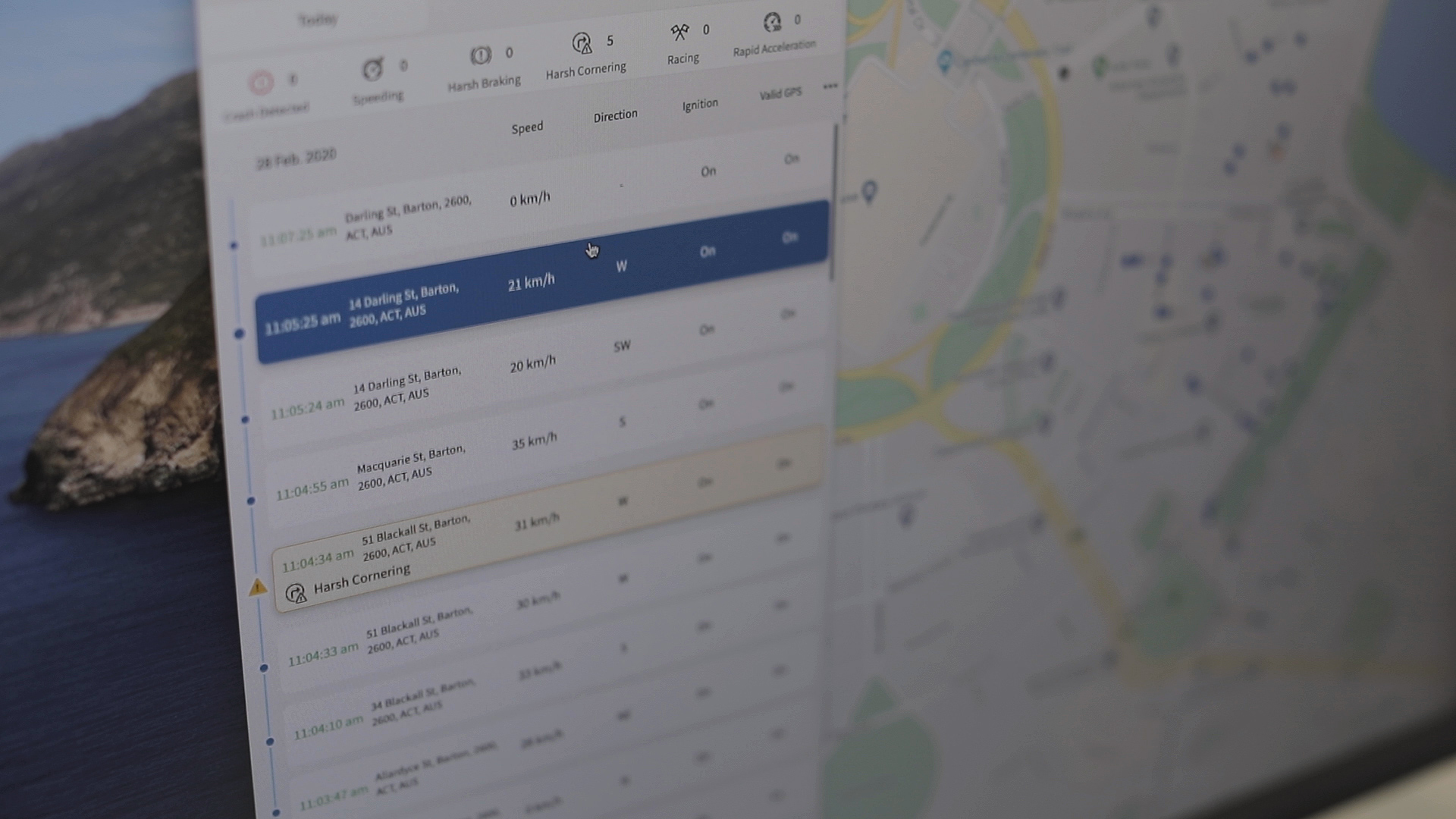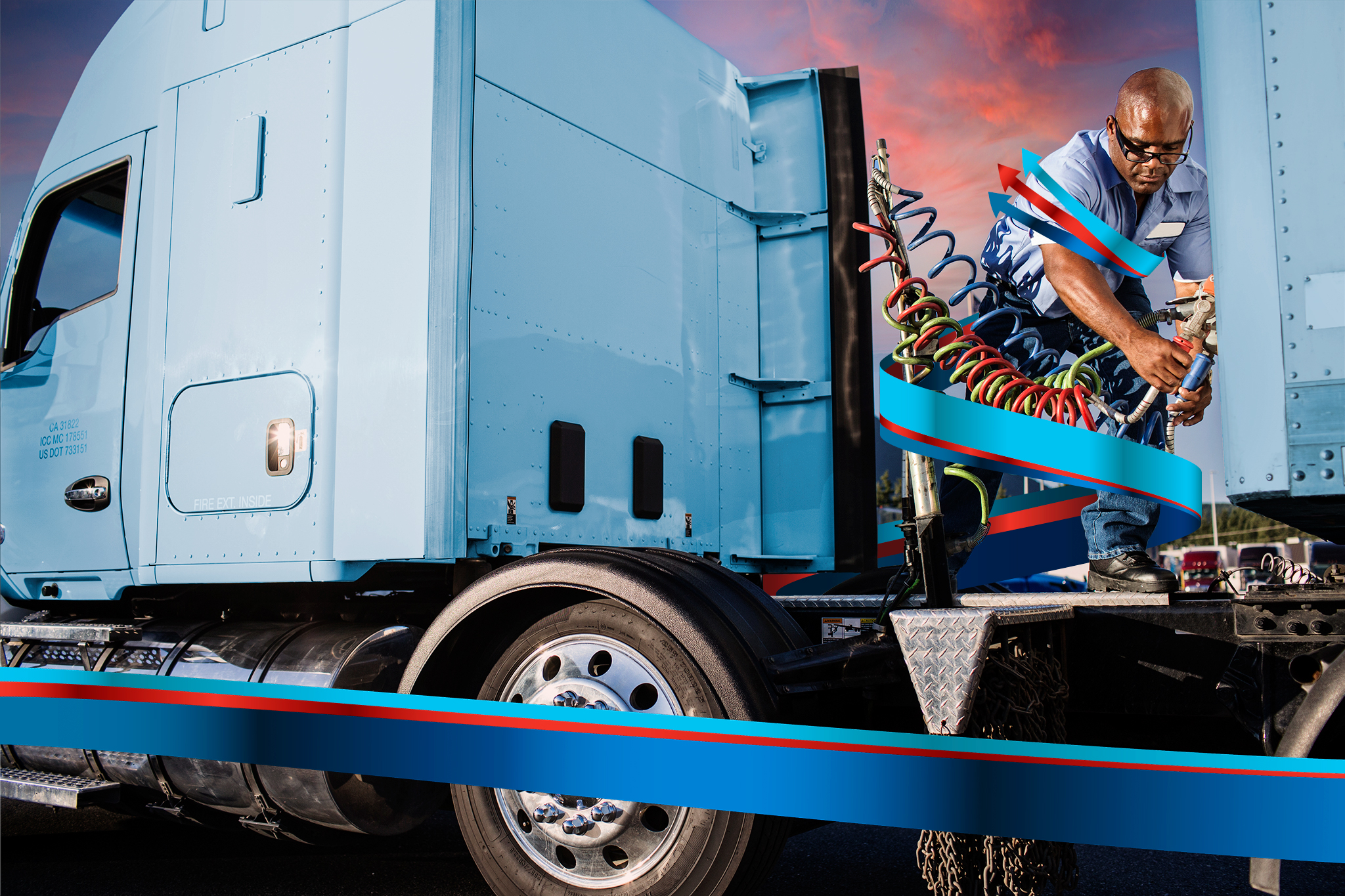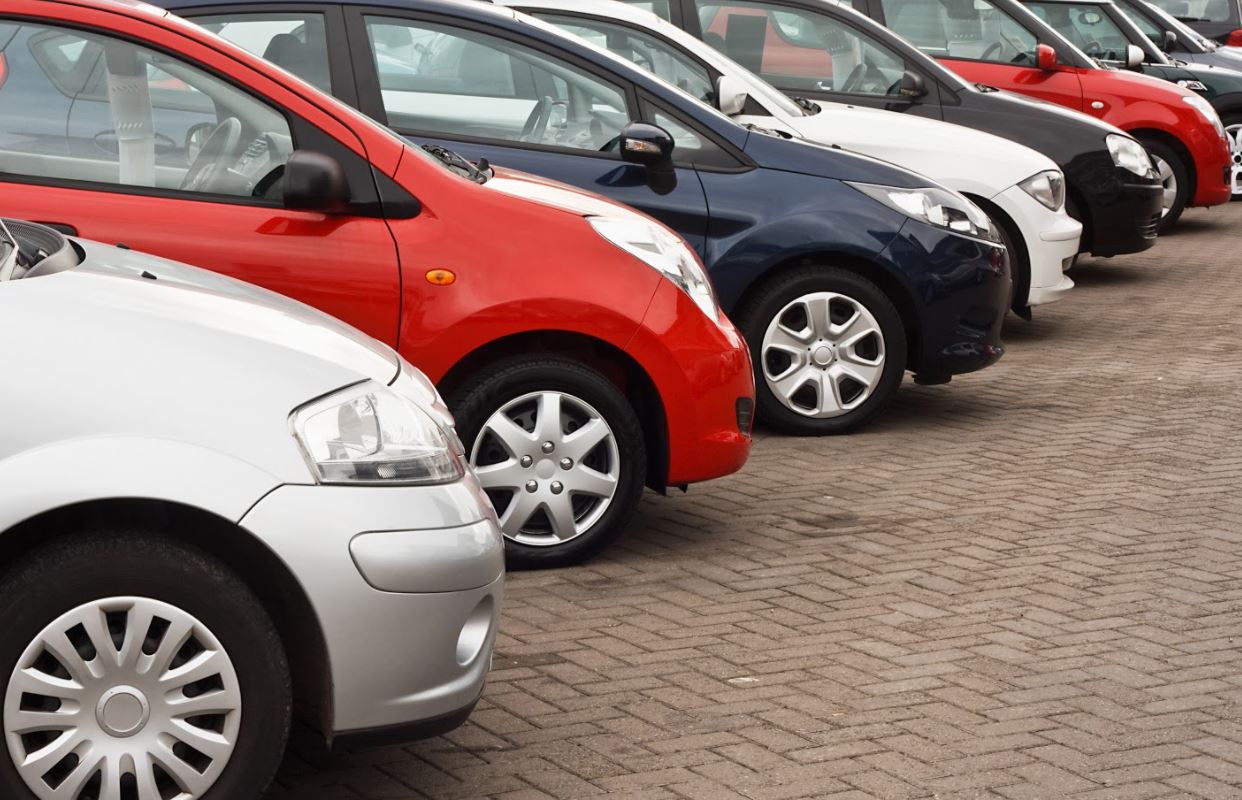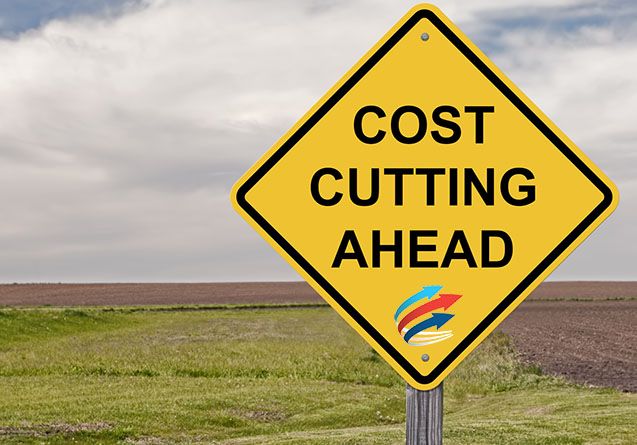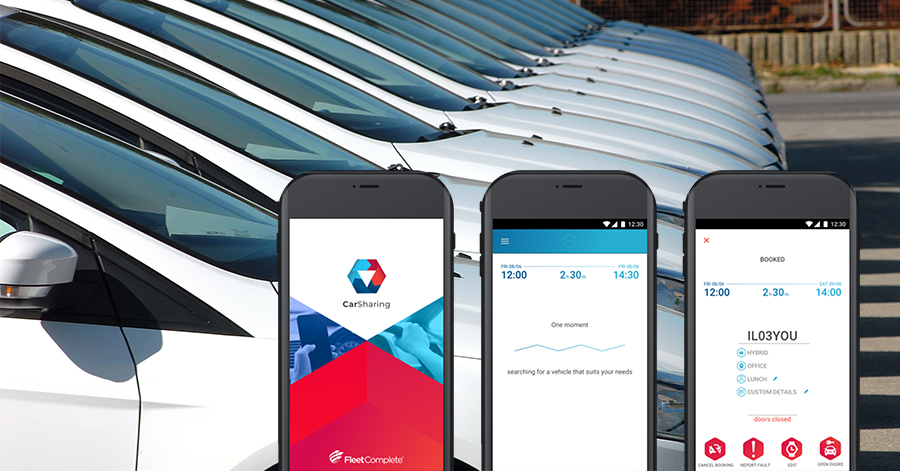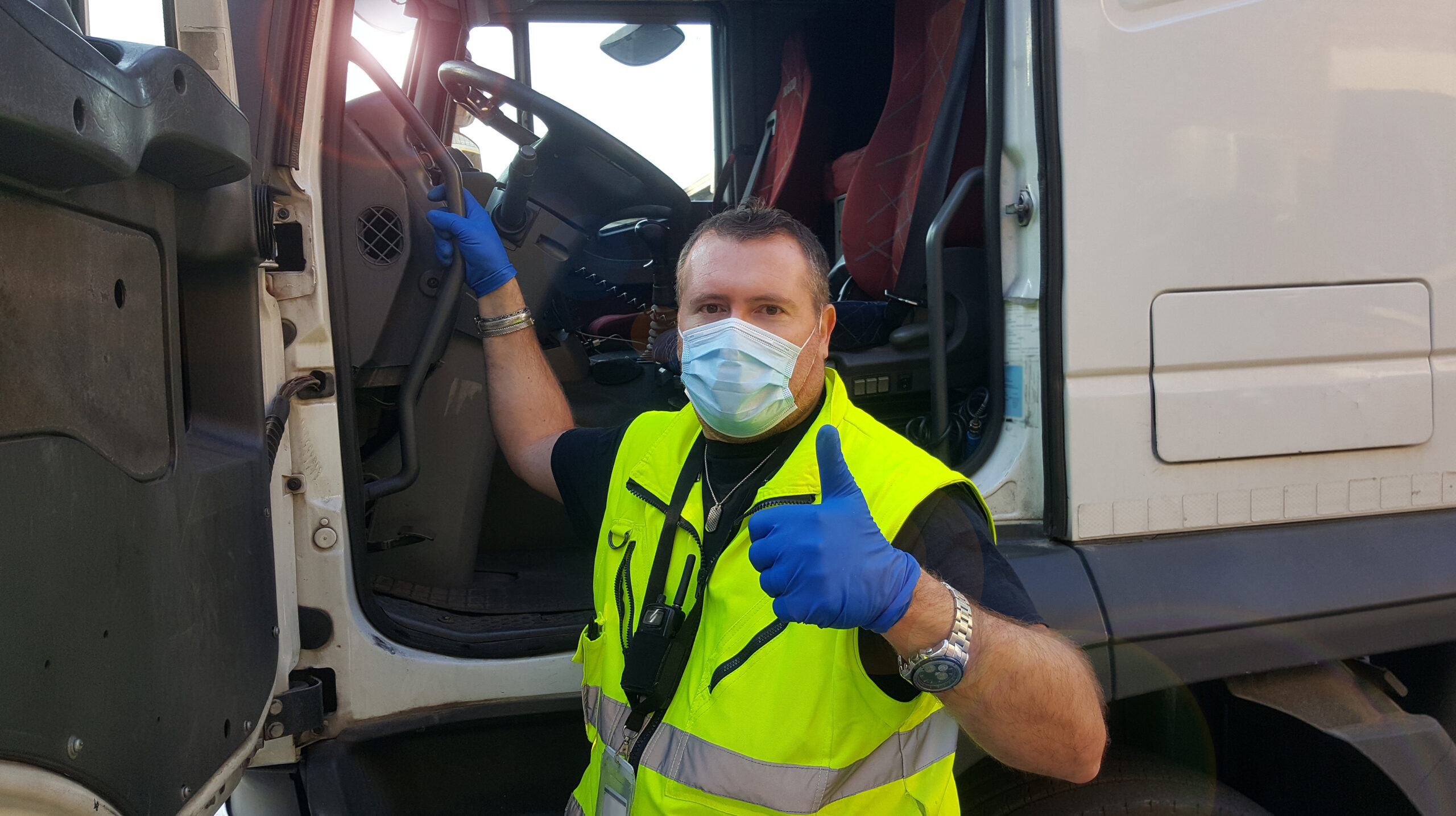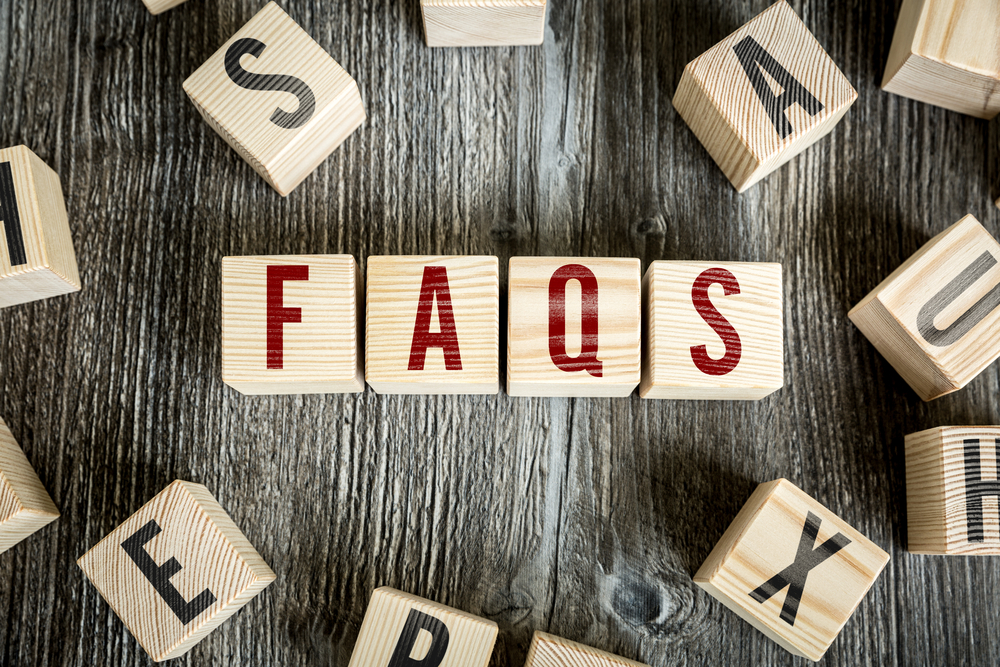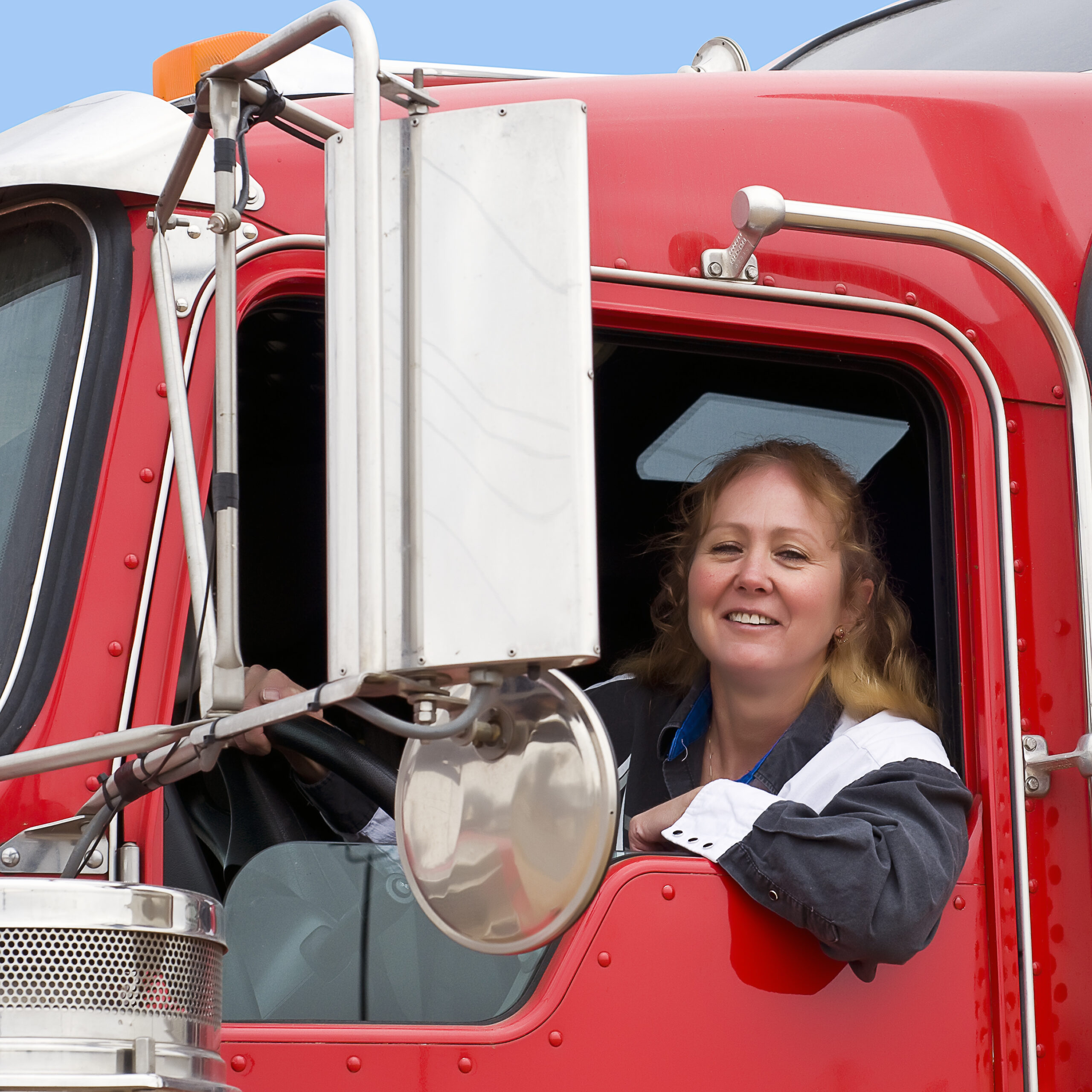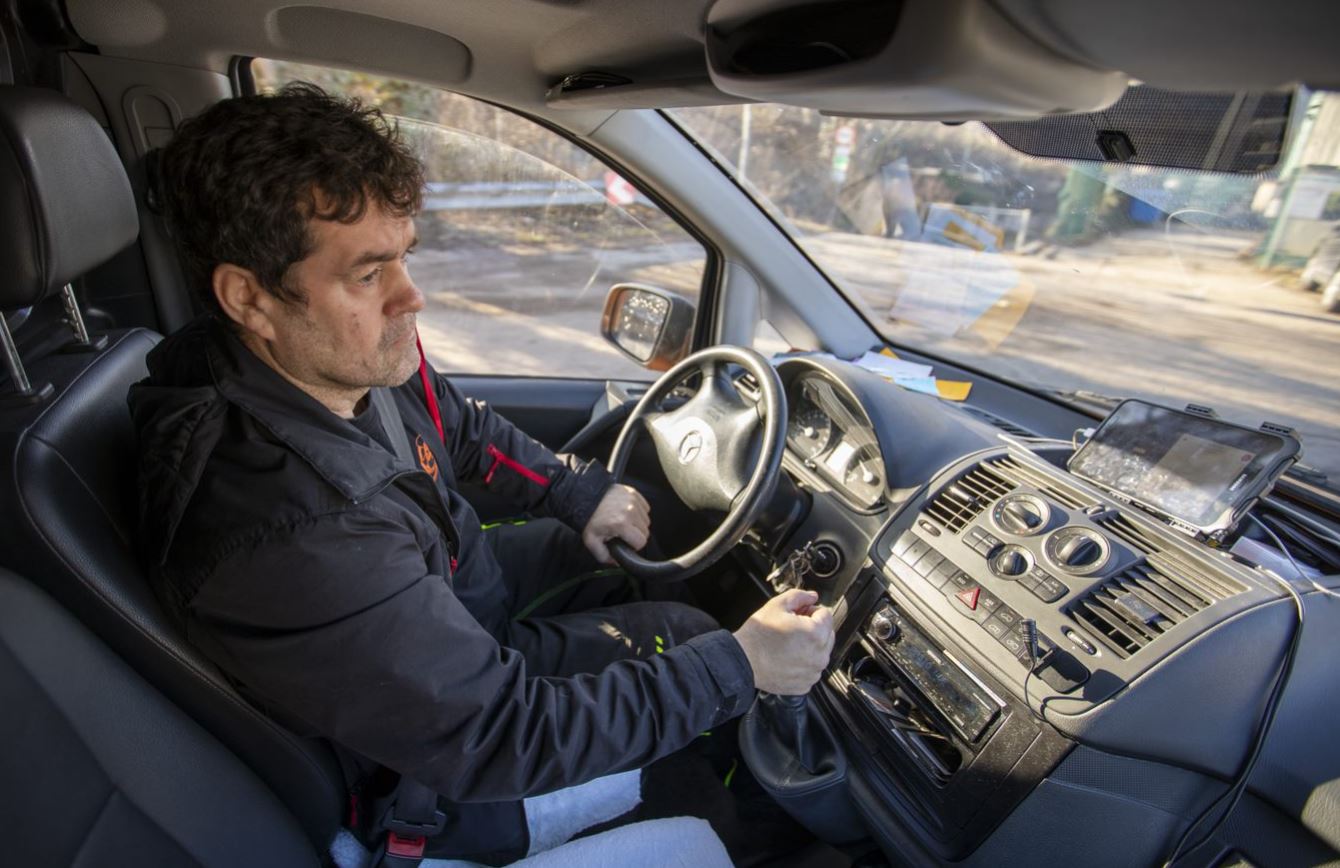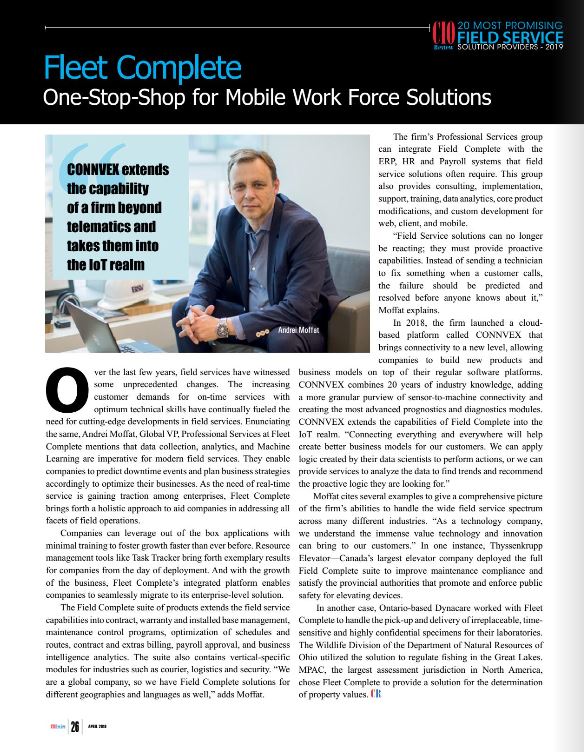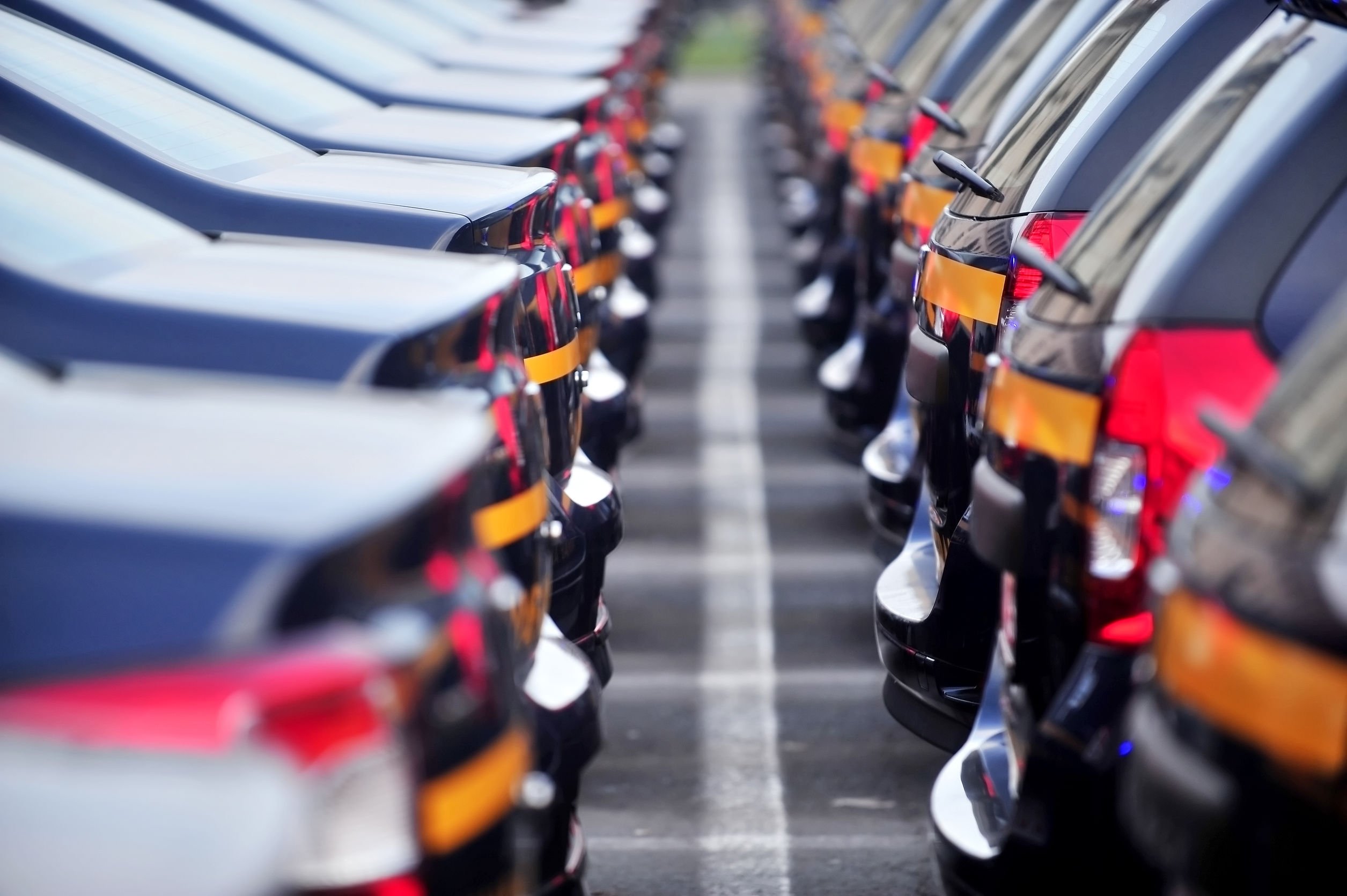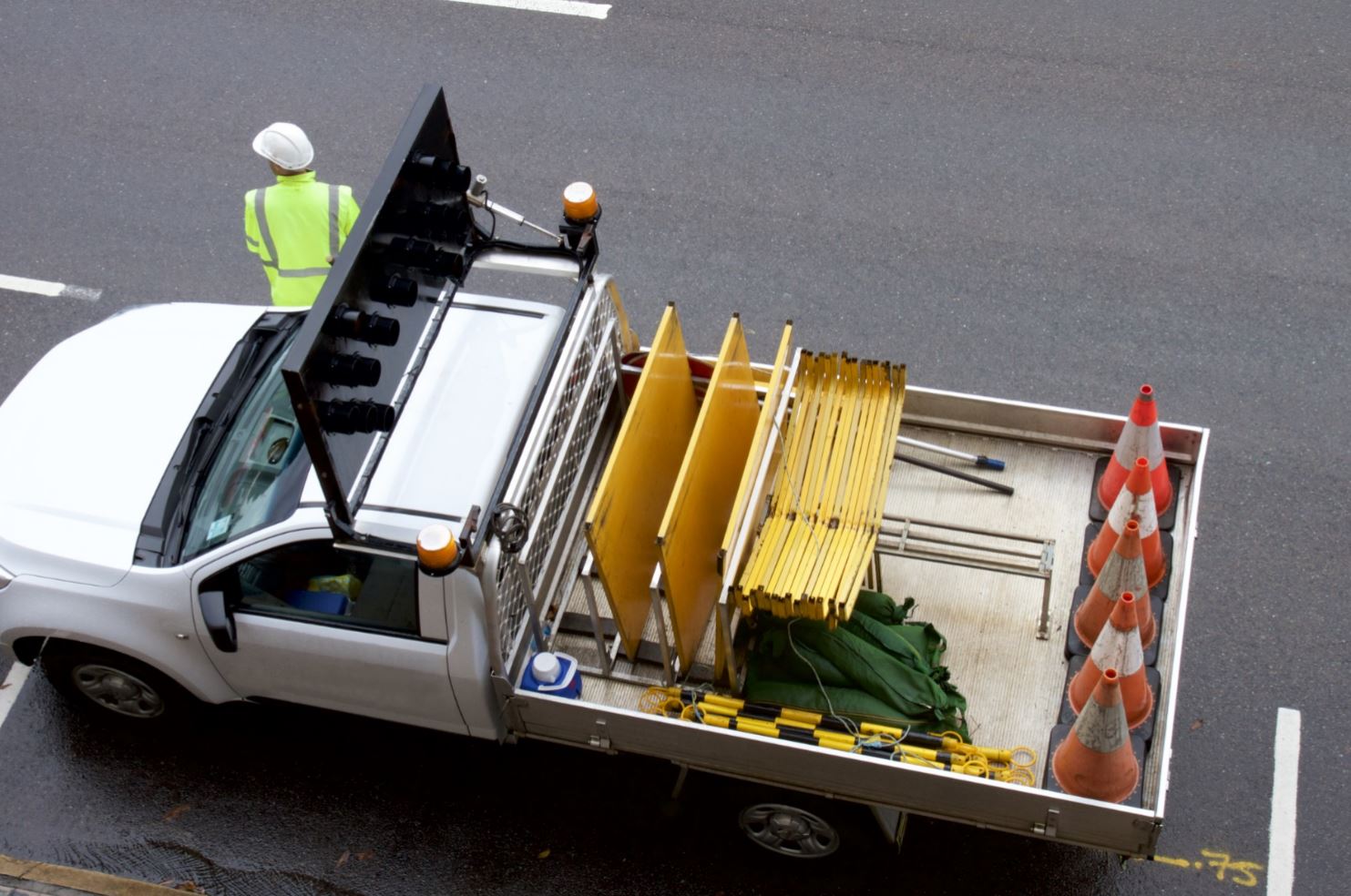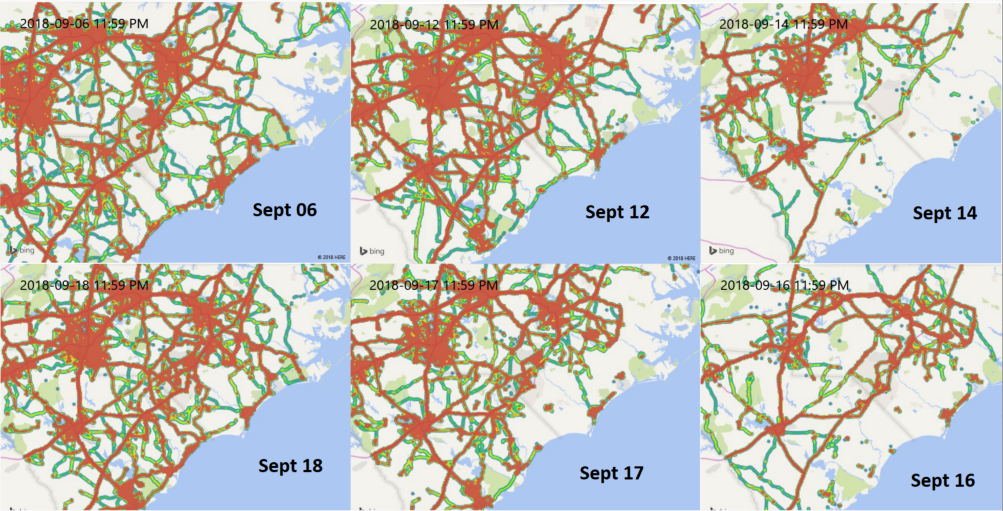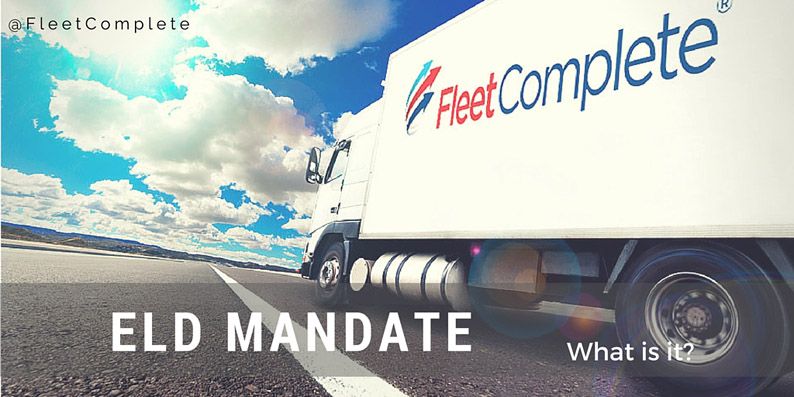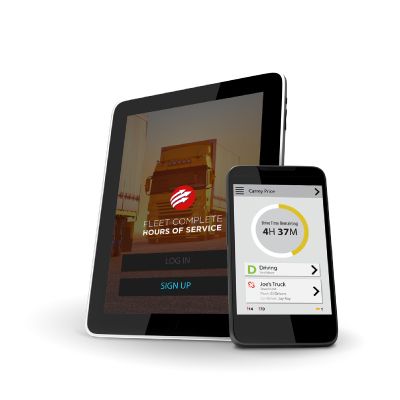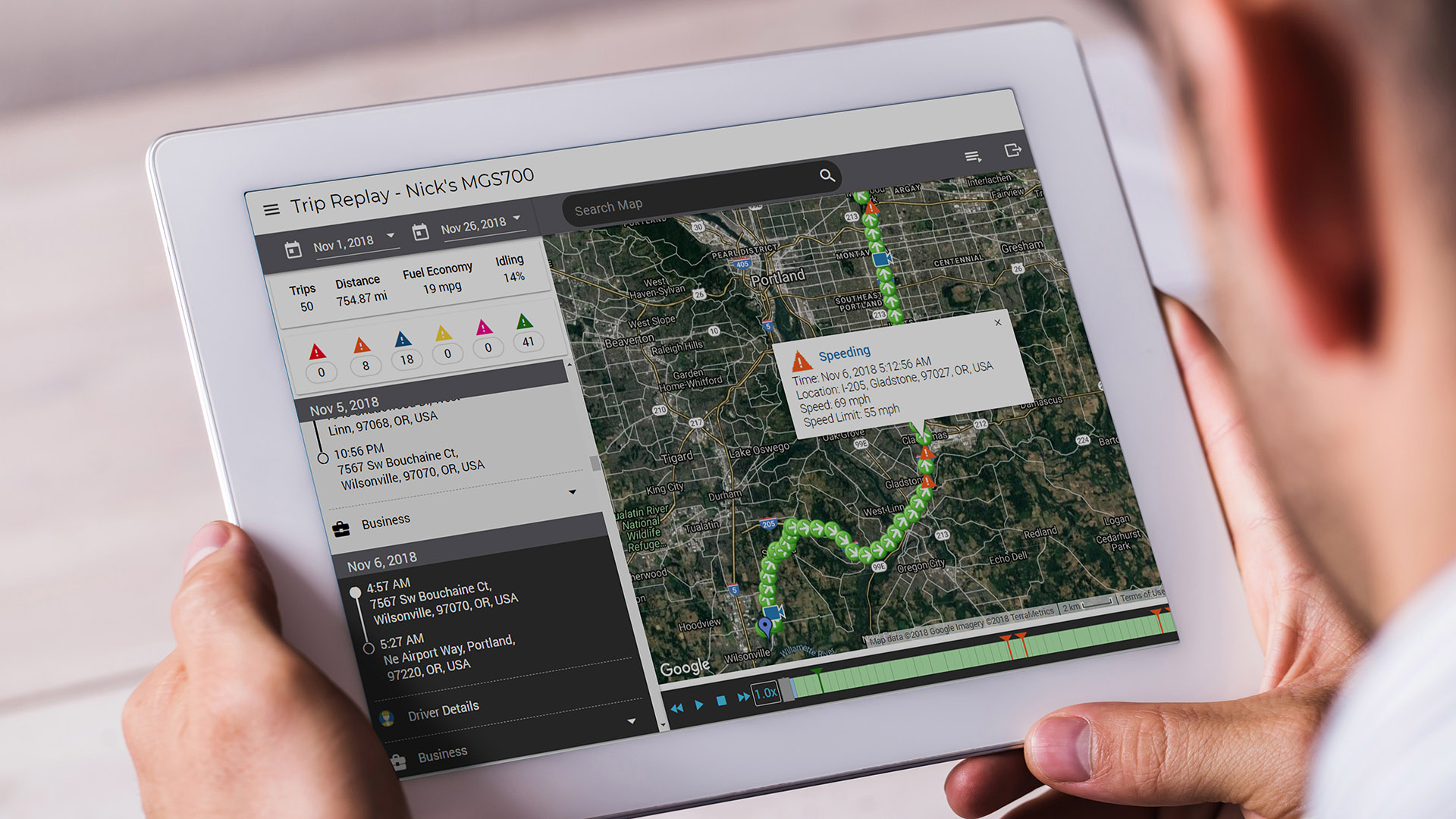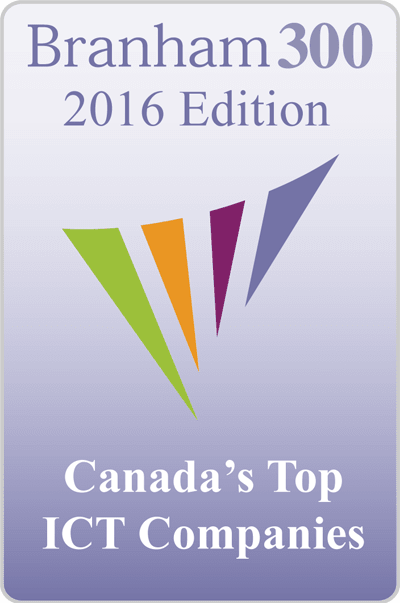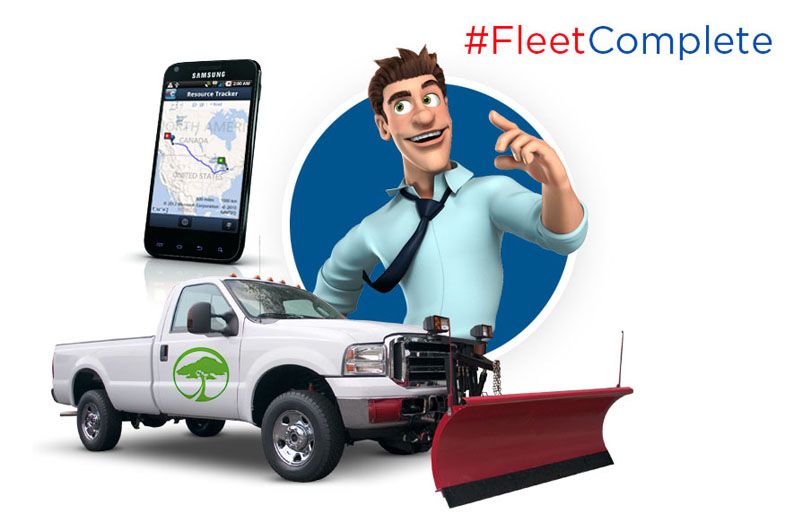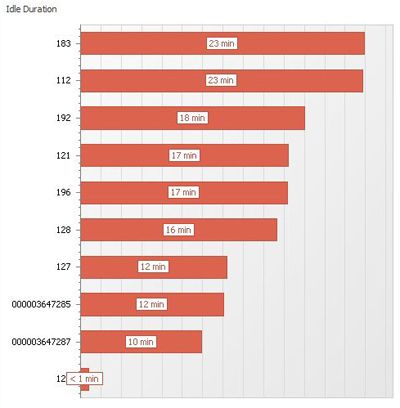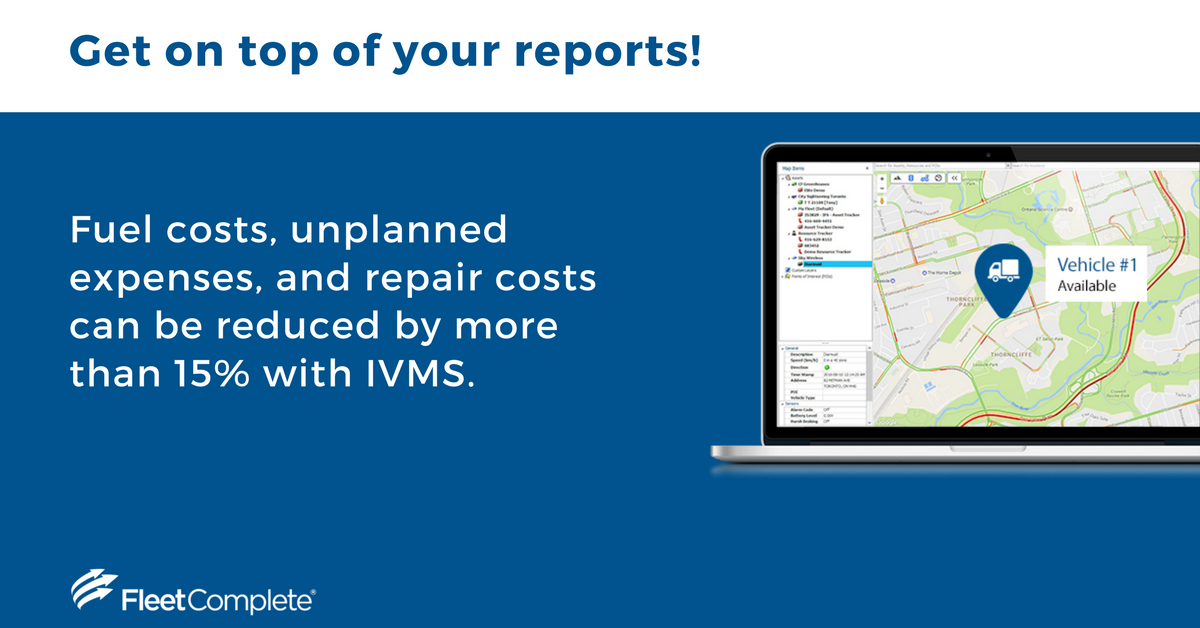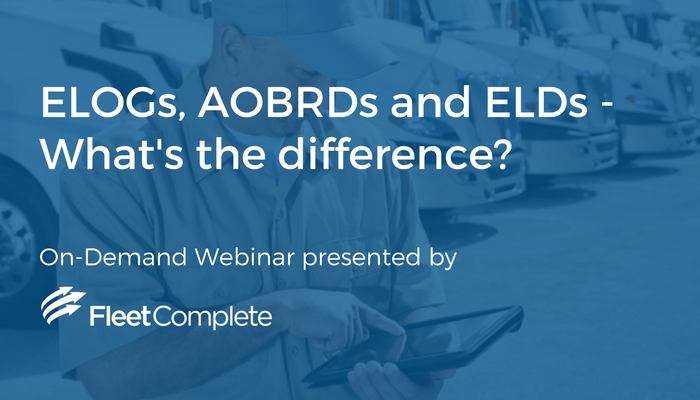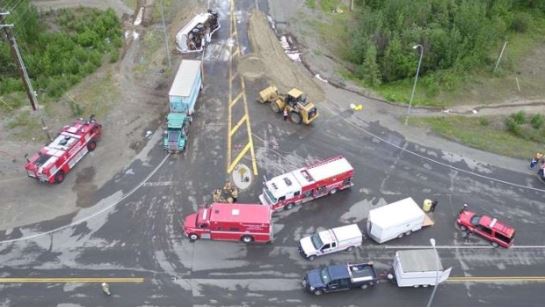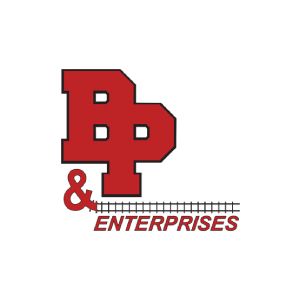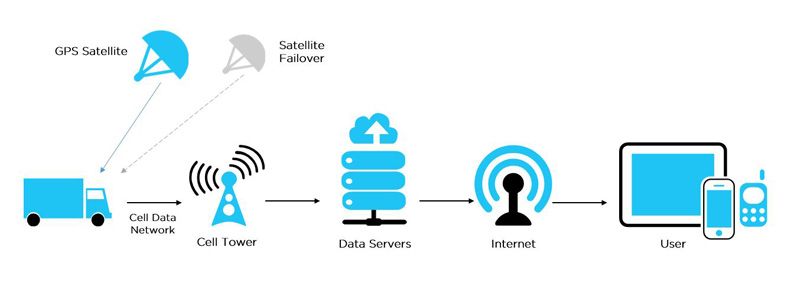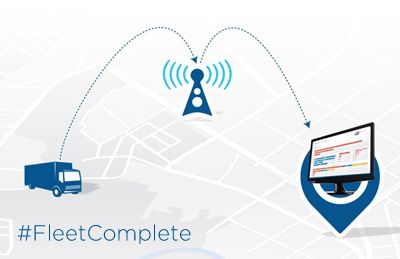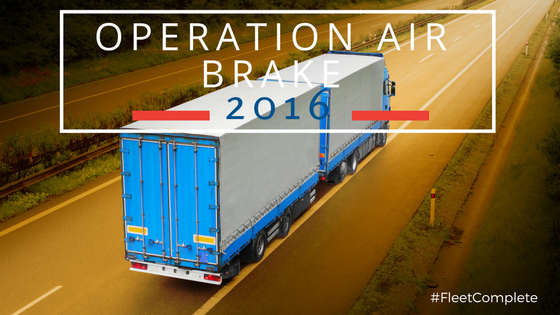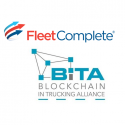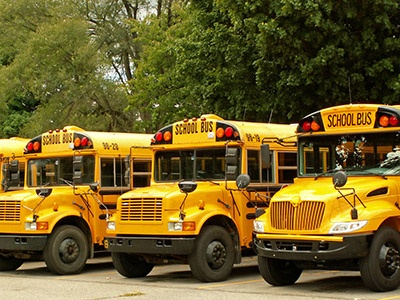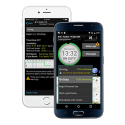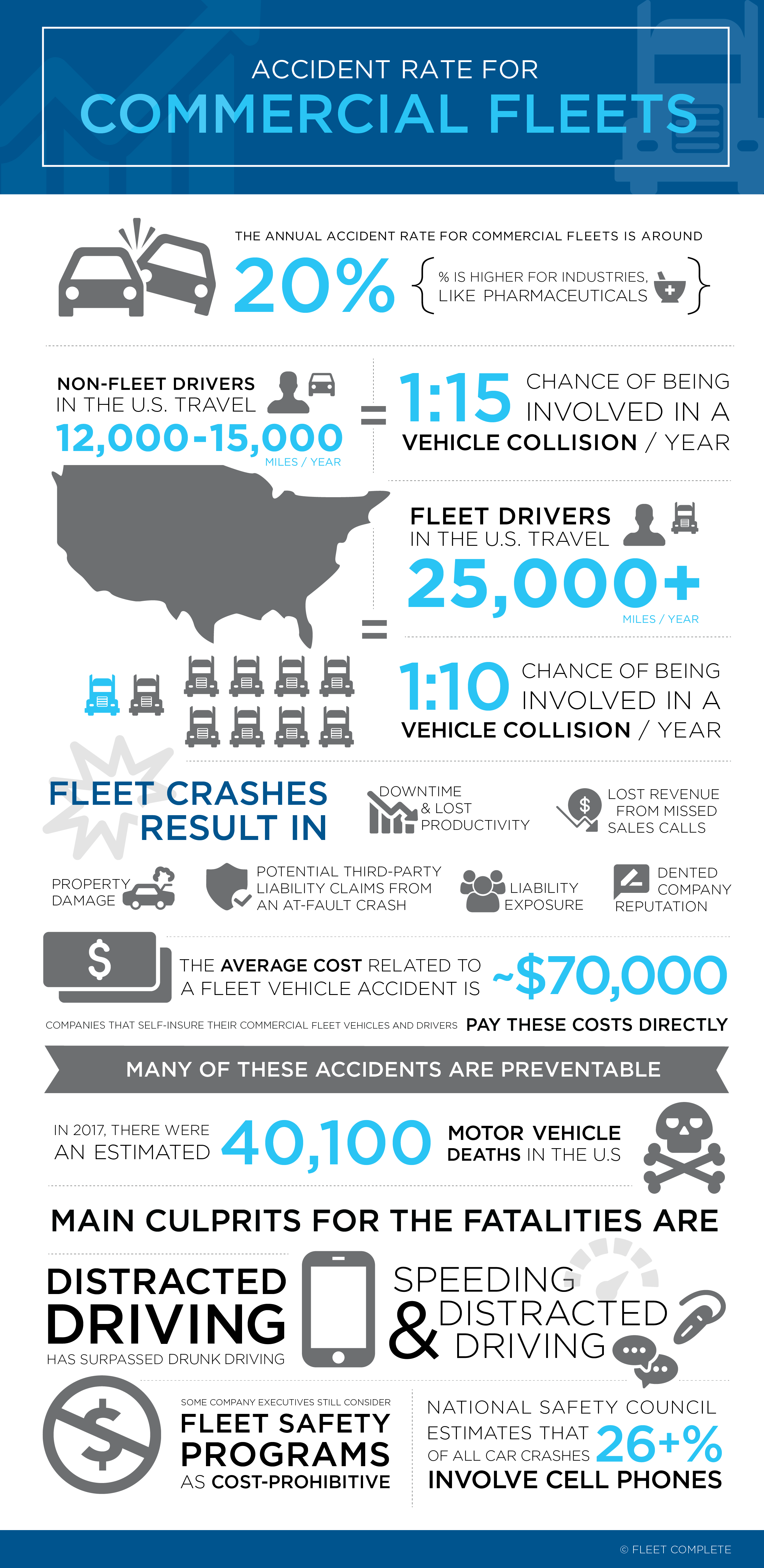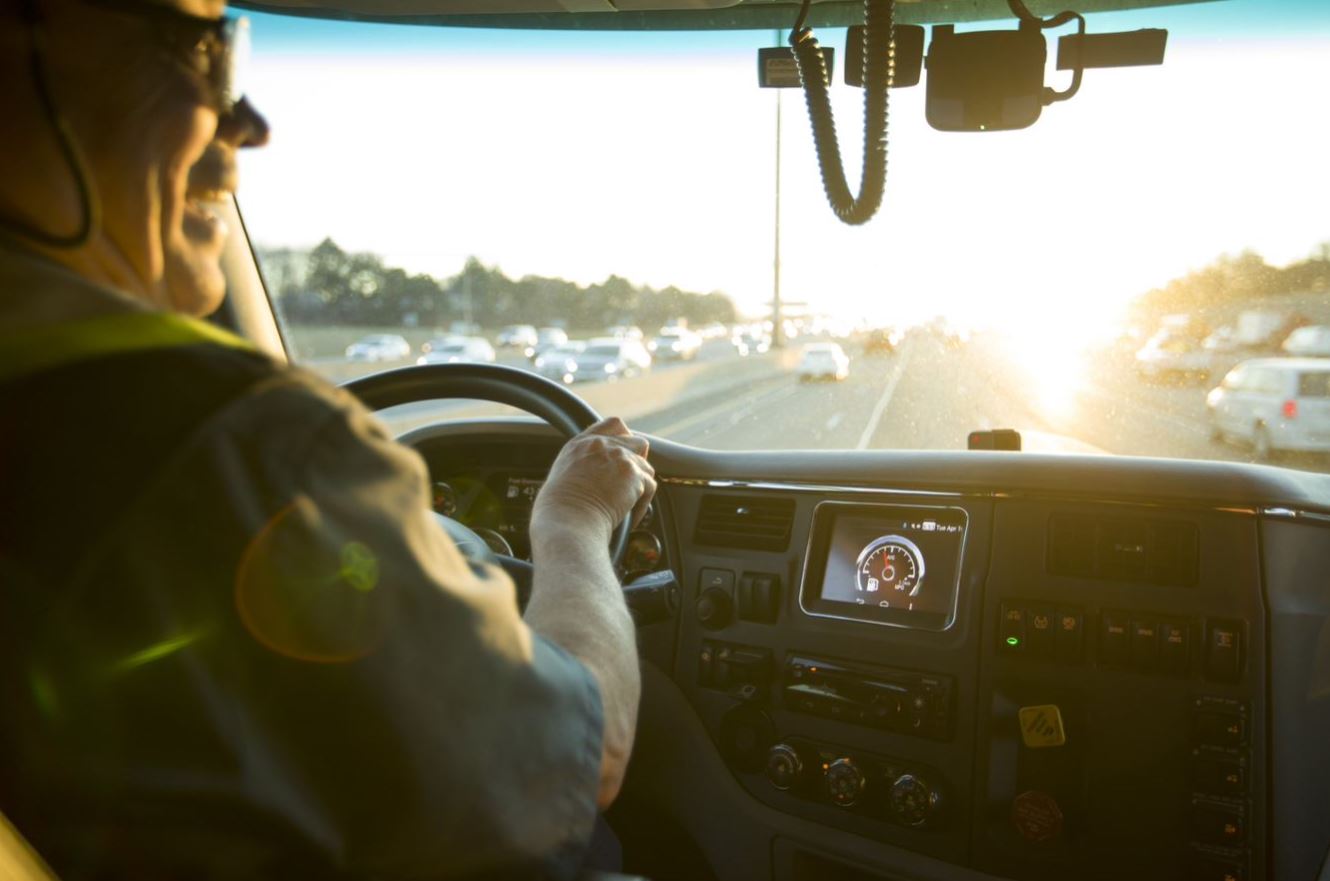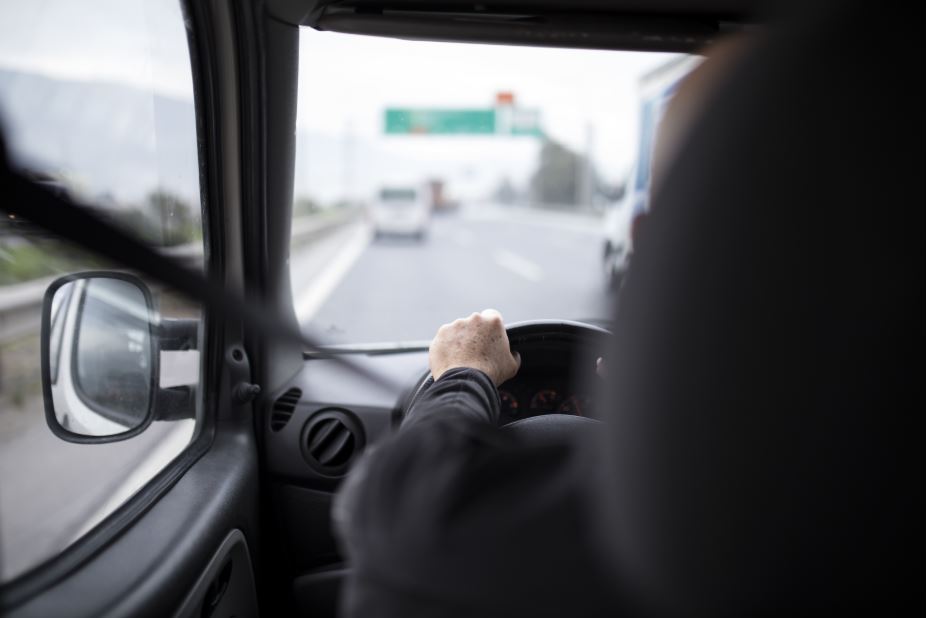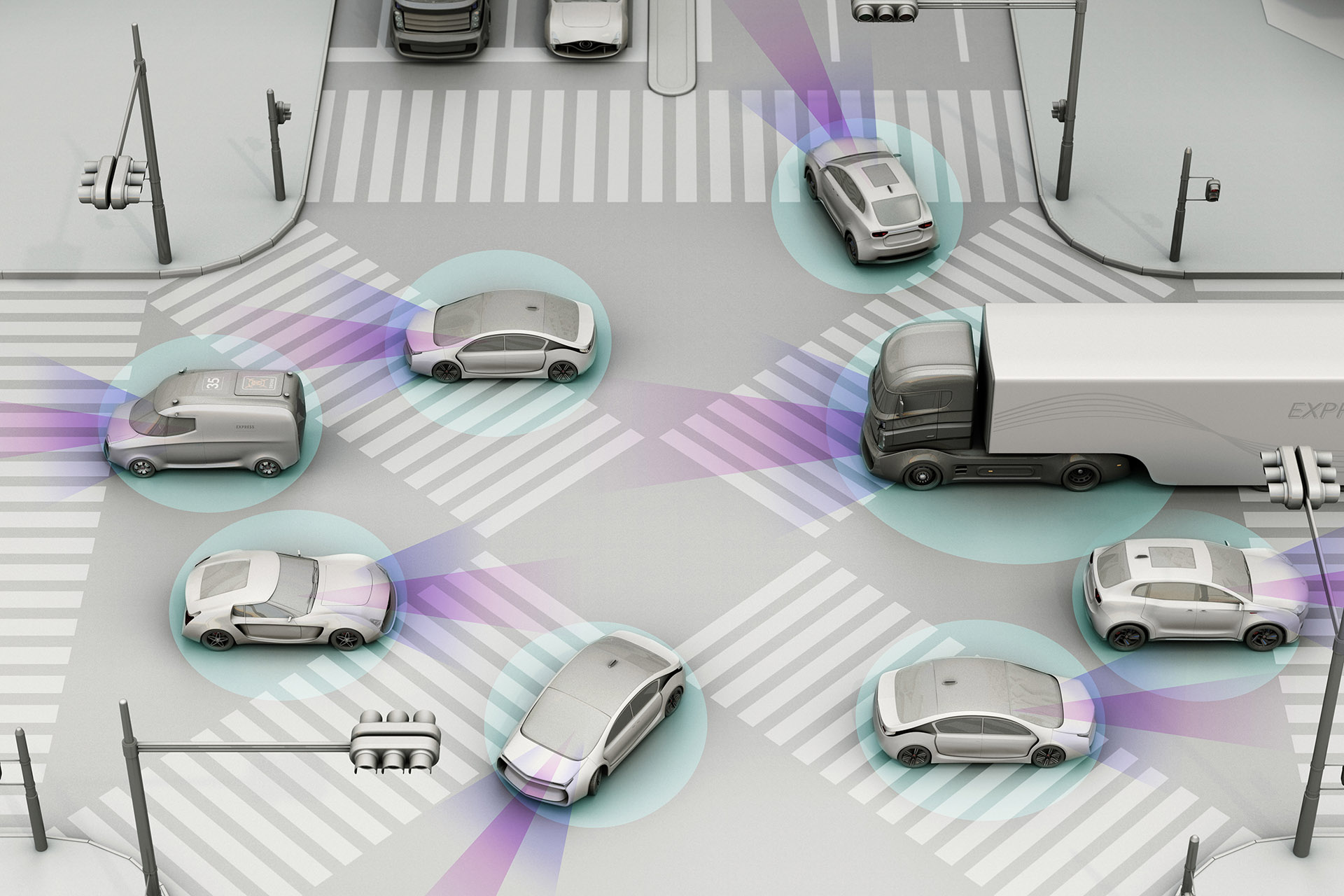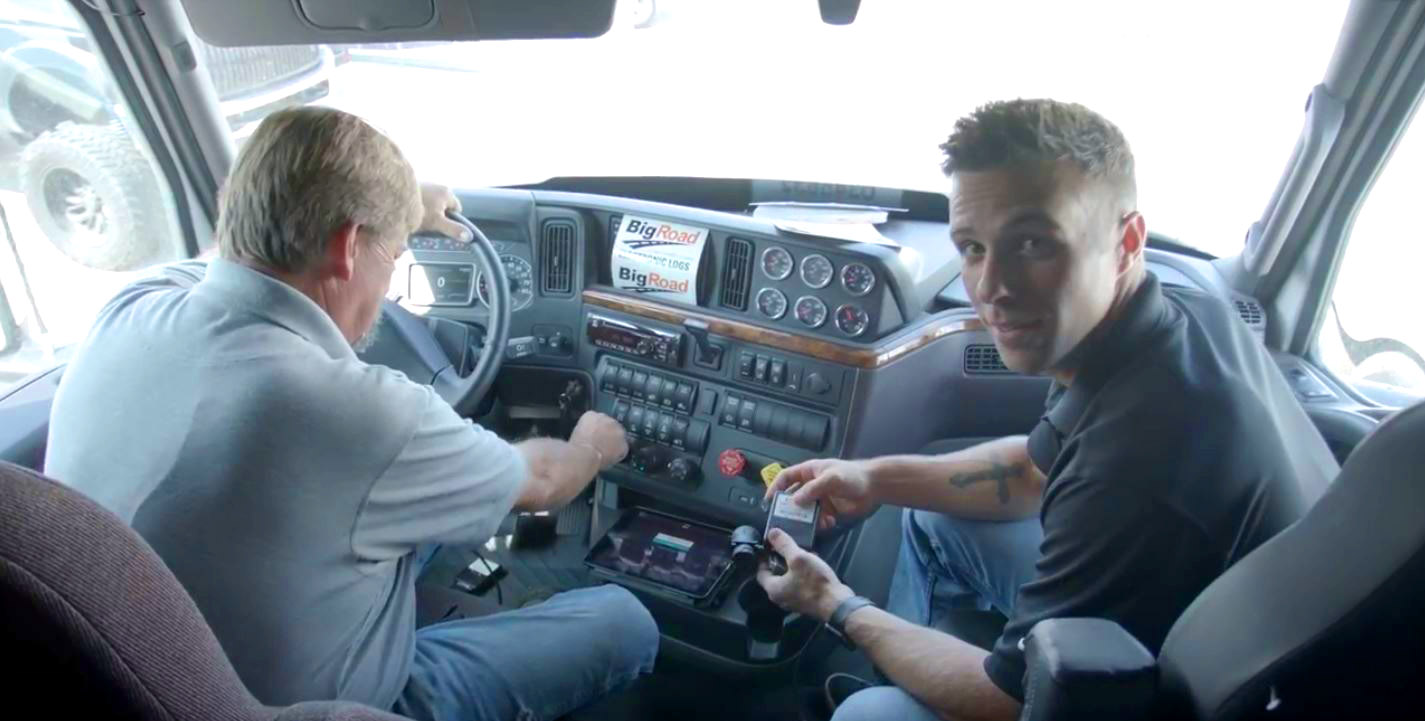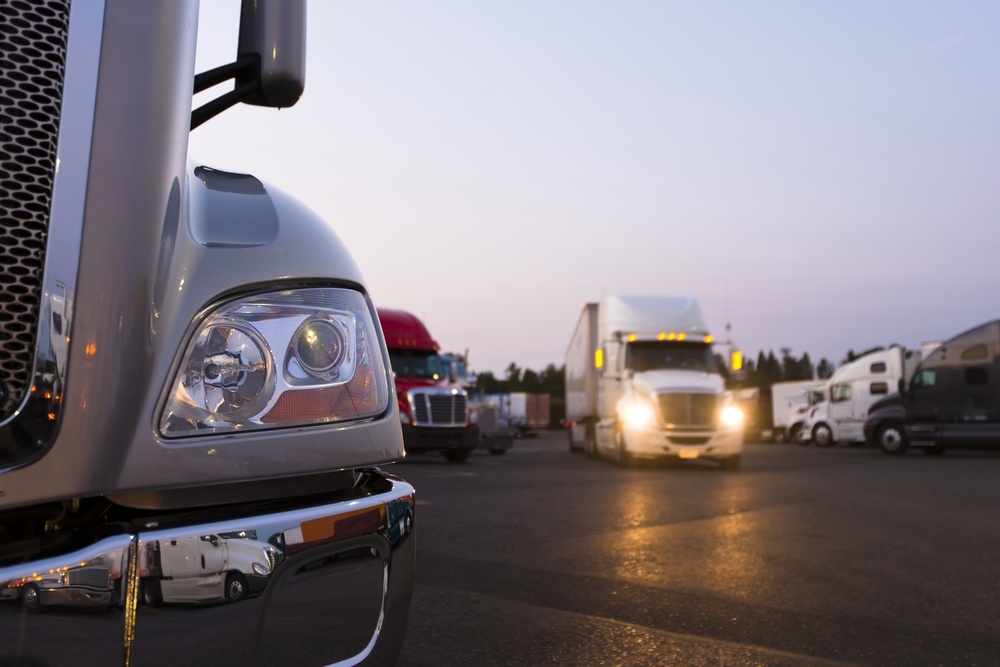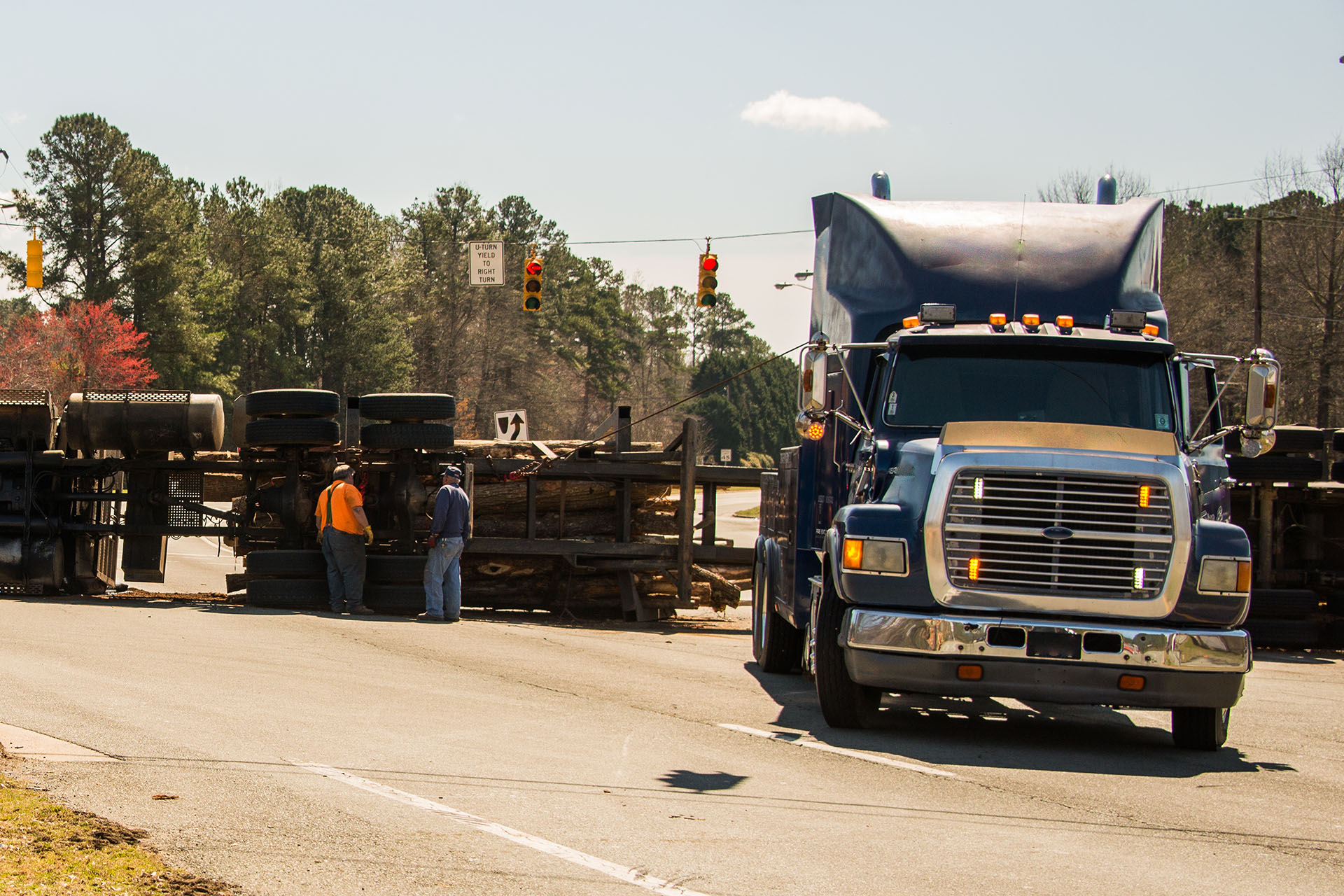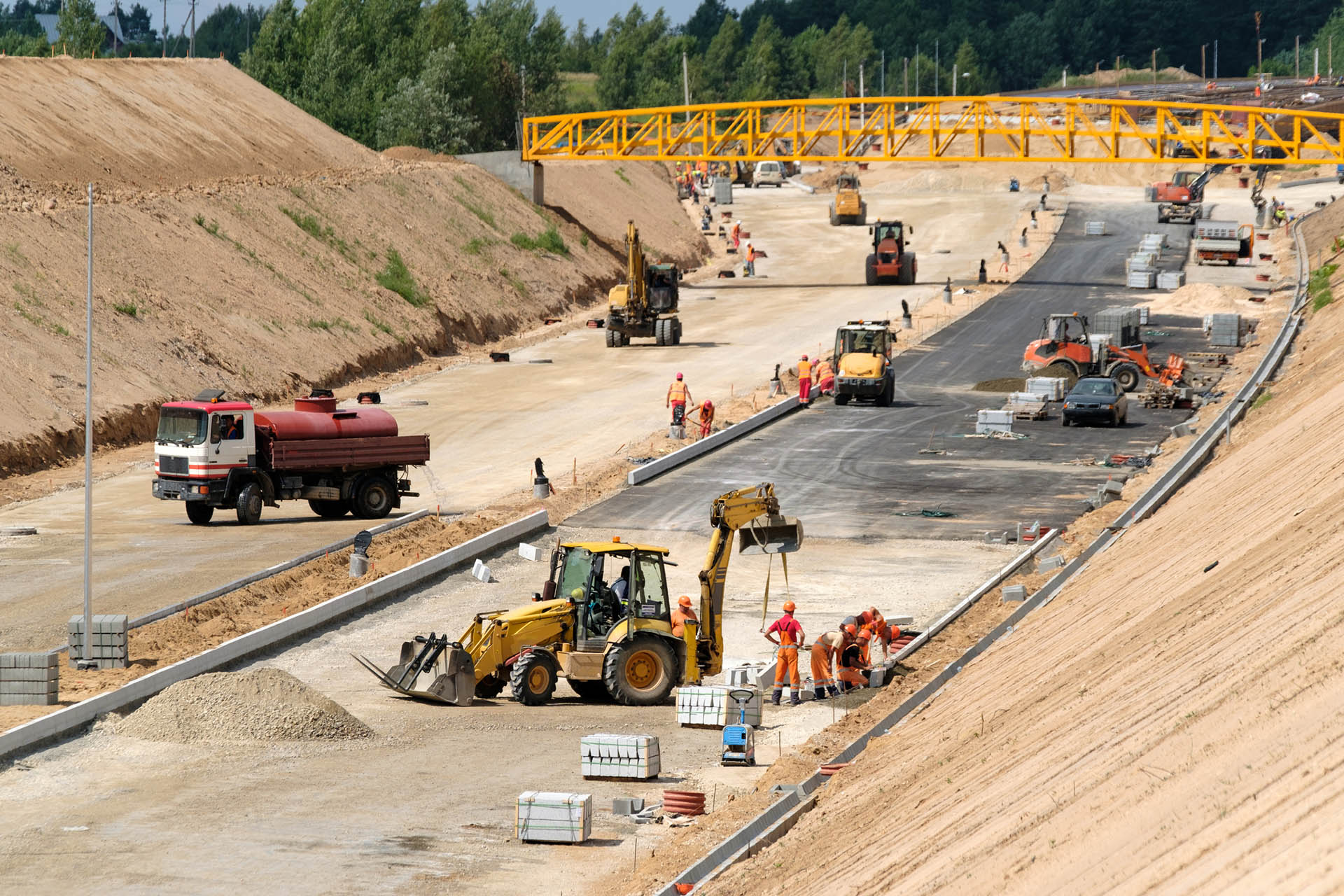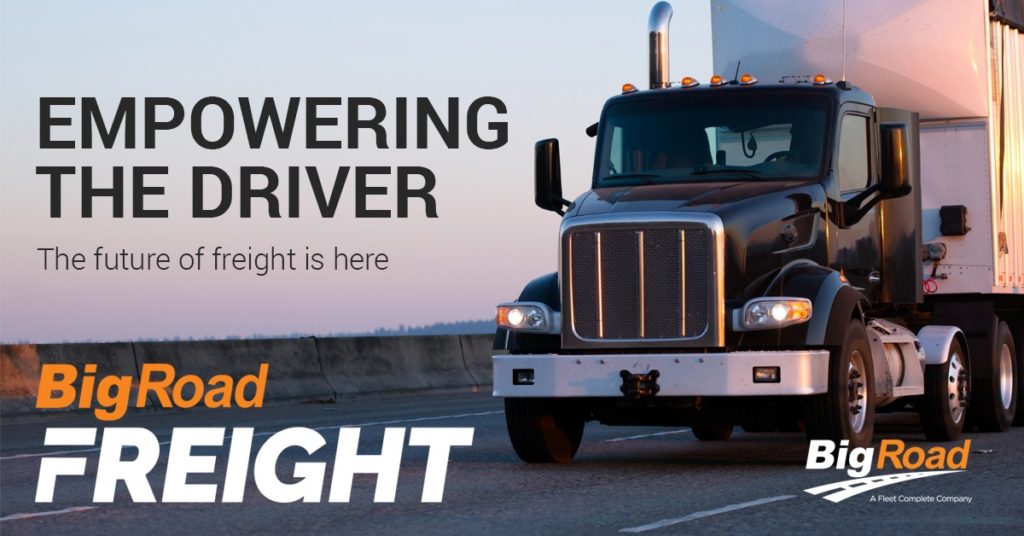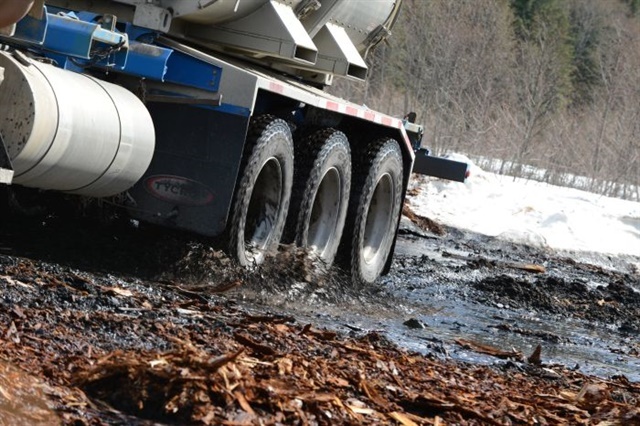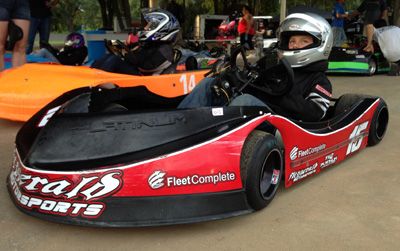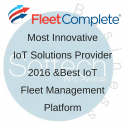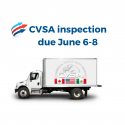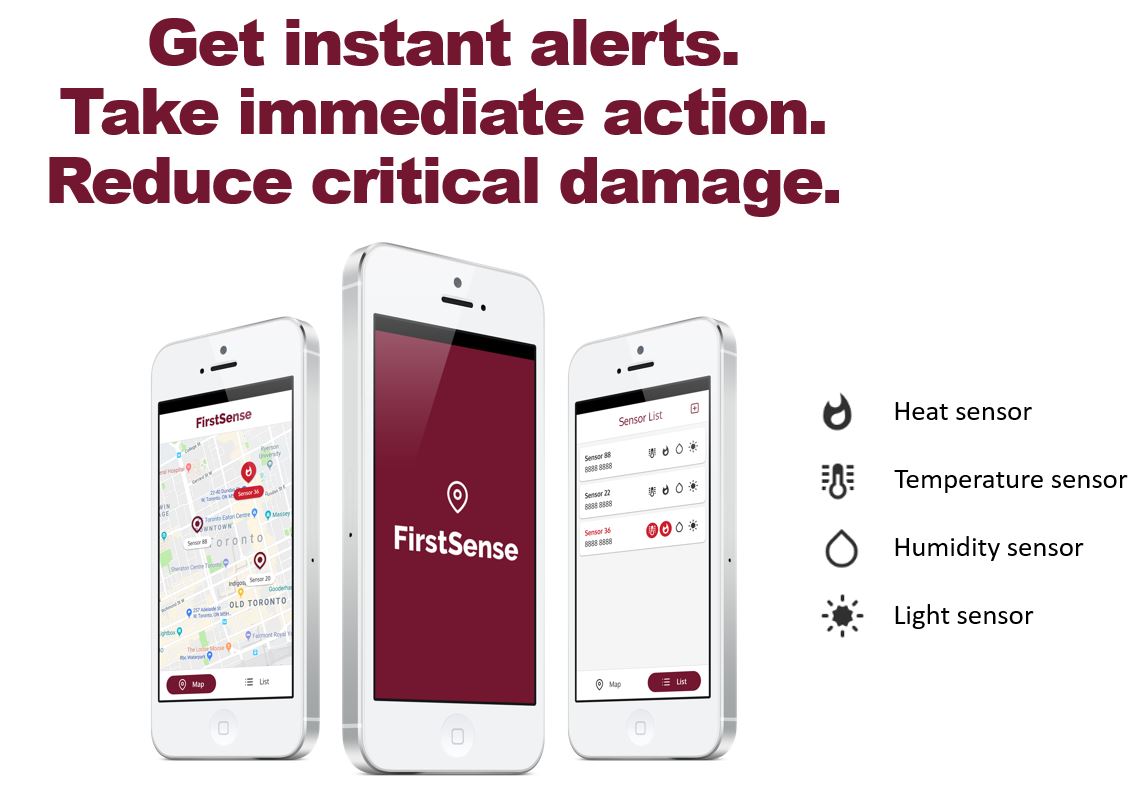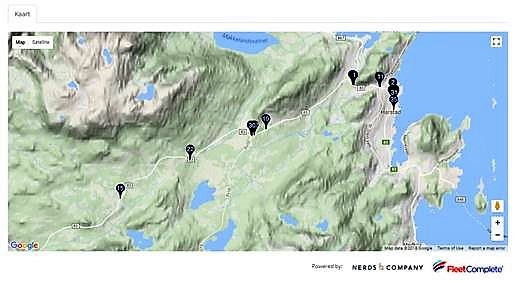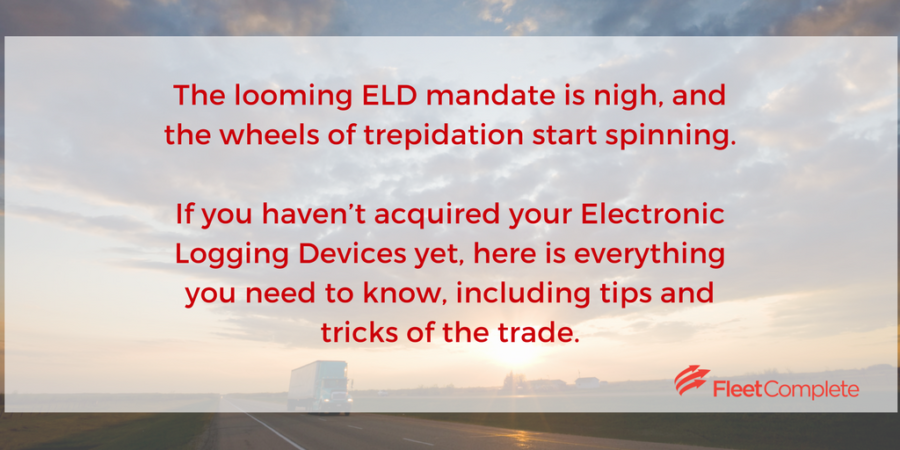
Now that the U.S. Supreme Court has said it will not hear a lawsuit challenging the use electronic logging devices, motor carriers will likely start scrambling to get ELD technology in place before the Dec. 18, 2017 compliance deadline.
Clearly, if you have not started getting up to speed with the ELD requirements then start your engines, as the race to the deadline is underway!
You have less than 3 months before the December 18, 2017 milestone date to take advantage of the 2 year grandfather option by deploying an AOBRD-compliant device.
In that time, you have to select a vendor, install the technology, get your leadership team trained, and get your drivers’ buy-in with new world.
After December 18, 2017, unless otherwise exempt, all your drivers that are subject to the ELD rule will lose the AOBRD (Automatic On-Board Recording Device) option.
What this means is that you will have to convert from using paper logs or logging software to a fully registered ELD device.
On the other hand, if you have deployed an approved automatic on-board recording device in accordance with Part 395, your drivers will be able to continue using these AOBRD devices for an additional 2 years, or up until December 16, 2019.
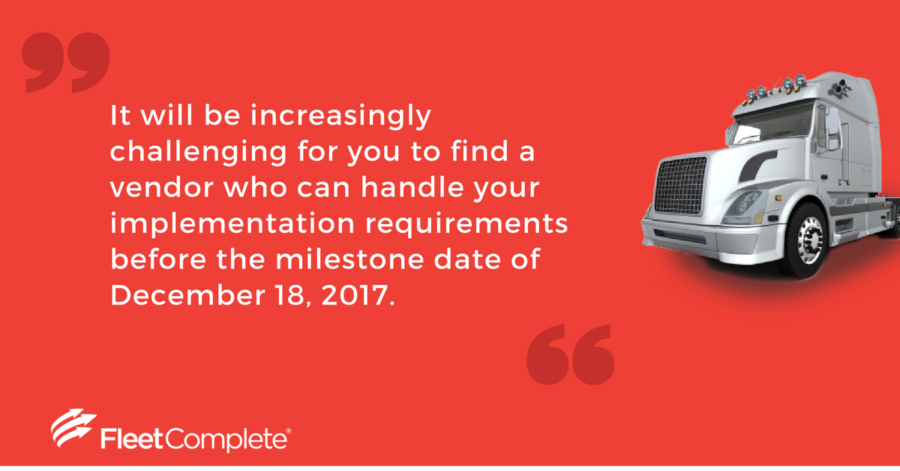
I cannot stress enough how significant it is that you align with a leading ELD supplier such as BigRoad, which is a Powerfleet (formerly Fleet Complete) Company.
You want to be rest assured that the device you select complies with the technical specs set out in the rulemaking by FMCSA.
Have a look on the FMCSA List website for the list of vendors that have self-registered their ELD devices.
One word of caution though – being on the website doesn’t mean automatic compliance.
Why? These devices are self-registered and not so much certified, since they are not subject to any rudiment audit on the part of FMCSA.
So please do your due diligence before committing to a vendor.
In the past several weeks, BigRoad has received a flood of requests from motor carriers regarding the December deadline, and what they need to do to comply.
It’s still not too late to get underway, but soon enough, it will be increasingly challenging for you to find a vendor who can handle your implementation requirements before the milestone date of December 18, 2017.
As you most likely already know, only a limited number of drivers who are exempt from the ELD Rule.
- Drivers who are required to complete paper logs on 8 or fewer days out of the last 30 days (please note these include both short-haul drivers and part-time drivers who staying within the threshold)
- Drivers that operate a CMV that is part of a driveaway/towaway shipment (these drivers can be also driving or towing a recreational vehicle that is part of a driveaway/ towaway delivery)
- Drivers who are operating vehicles older than model year 2000
What some motor carriers and drivers may not know is the fact that even, though they may be exempt from ELD, they will still need to fill out paper logs.

Despite the ease of installing the Powerfleet (formerly Fleet Complete) BigRoad ELD device, and the user-friendly Elogs app for drivers and the back office, it still takes all players in the fleet a reasonable amount of time to get comfortable with the technology.
Making a decision on the right ELD vendor is a major decision. Hindsight is 20/20. If you make the right decision, you will surely improve safety, and leverage operational efficiencies.
If you chose the wrong ELD vendor, you may end up with an unstable platform.
This can cause delays at roadside. If an Inspector cannot interpret the entries, there will be fines, or worse, out-of-service ordered.
You will also likely end up with an unhappy customer waiting upon their freight.
Finally, there is nothing worse than having to ditch an ELD device that does not meet the requirements and start from scratch.
So what are some of the key points to look at before making a decision?
Make sure the device complies with the ELD rulemaking.
Having a device listed on the FMCSA website is not enough, as mentioned earlier.
Use the ELD Checklist for Carriers on the FMCSA website.
It can be found by searching “Choosing an Electronic Logging Device Checklist”.
The rule requires that ELDs must be able to transmit hours-of-service information to portable computers via several methods (wireless web/email, USB2.0, and/or Bluetooth).
Many major suppliers of electronic logs in use today, such as Powerfleet’s (formerly Fleet Complete) BigRoad, have been waiting to know how the enforcement personnel at roadside or at a weigh station can read ELDs.
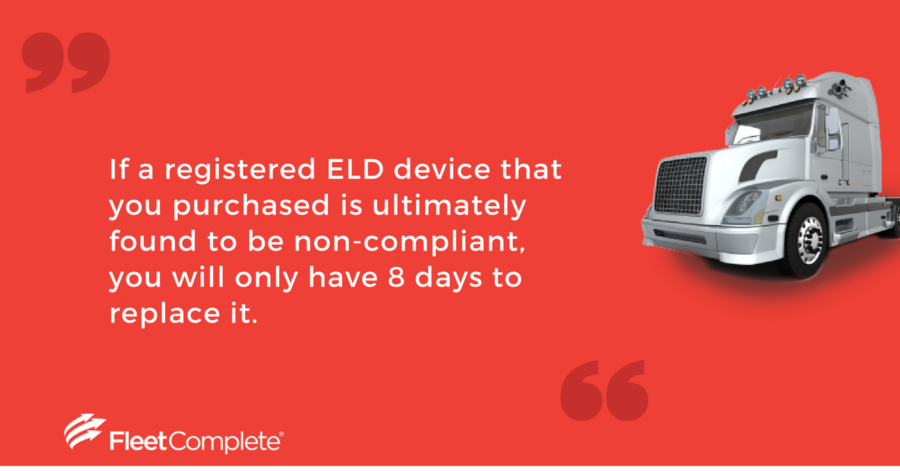
The rule of thumb is: your driver was required to fill out a log book before the ELD rulemaking came into place, that same driver will likely need to use an ELD unless one of the items above applies, or the driver was otherwise exempt by Part 395.
FMSCA had just come out with an “ELD File Validator” on its ELD-specific website.
Although this is not a mandatory step of the self-registration, BigRoad has used this tool to confirm that our ELD output file conforms to the technical specifications in the ELD rule.
When you select a device, you should also request a data file from their ELD supplier and do your own test to ensure ELD compliance.
It’s a great way to verify if a vendor that you are considering and is self-certified on the FMCSA website has a compliant data file to transfer, as per the ELD rule.
If the data file does not work from your test, then the ELD vendor you are considering likely does not have an ELD compliant device.
Unfortunately, FMCSA is not conducting any audits of vendors on their website. This will likely only start after the December 18 compliance date.
Therefore, if a registered ELD ultimately is found to be non-compliant, you will only have 8 days to replace it, which isn’t much time, if you are managing a significantly large fleet.
This leads back to pursuing the AOBRD option, so that you can always upgrade to a fully established ELD within the next 2 years.
You may even want to consider having a written guarantee, signed by ELD vendor, to confirm their device meets the rulemaking. Any reluctance on the part of the vendor should lead you to walk away before making a commitment.
So why not call Powerfleet (formerly Fleet Complete) today to learn how we can help set you in time for the December 18, 2017 deadline.











